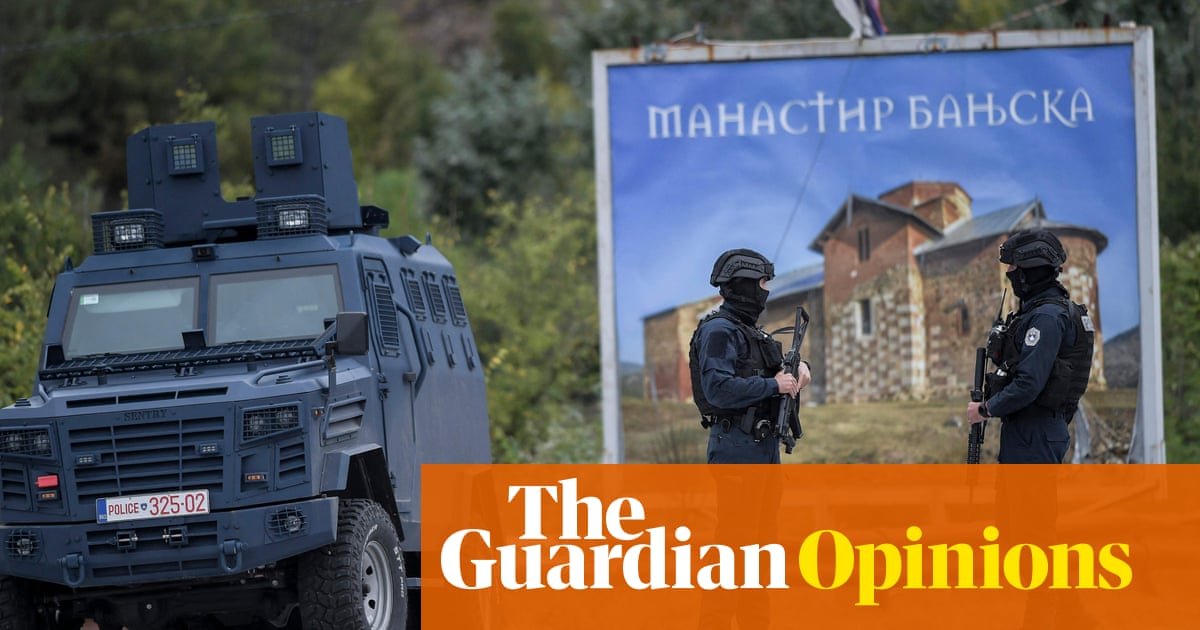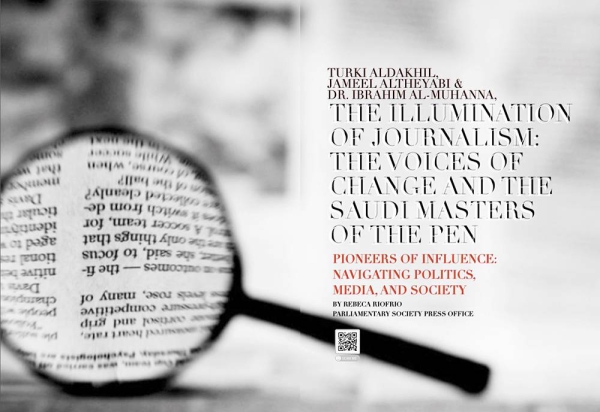
n the first day of the Ballymurphy massacre in August 1971, I was at my family home in Riverdale, another housing estate in predominantly nationalist west Belfast. I watched a group of young men organising materials for a barricade and stacking crates of petrol bombs.
The first internment raids had been launched across Belfast in the early hours of that morning, with the British army rounding up without trial people they suspected of involvement in the IRA. There was an atmosphere of apprehension laced with an almost carnival spirit.
We could hear the distant gunfire and smell smoke on the breeze.
I walked past the men to shops at Finaghy and as I returned an army vehicle came up the road and they ran out to attack it. The vehicle stopped and soldiers in red berets stepped on to the road to take up positions. The first shots I heard were rubber bullets, distinct for their rounder, coarser sound. By the time I reached my home, just a hundred yards further on, I heard two rifle shots. I had heard shots before. We all had.
The soldiers had not been on any mission in Riverdale. They were on their way somewhere else but took the invitation from the men to come and fight, shot one person dead and cleared off. They killed Frank McGuinness, a teenager. They hadn’t needed to kill him. They could have let a few bricks bounce off their vehicle and carried on.
That was the first of many killings by the army around the internment operation. The killings we have heard about this week, at an inquest, are the 10 that are called the Ballymurphy massacre. In fact, the army shot dead 19 people in the first four days of internment week, and most of those in disputed circumstances.
One of the dead was a 50-year-old Protestant woman called Sarah Worthington who was standing in her living room in Velsheda Park, near rioting in Ardoyne where whole streets were burning.
The families of 10 people killed in Ballymurphy that week organised a coherent campaign over many years, effectively giving a series of atrocities a singular focus, though the rest of the bloodletting that week has not had quite so much attention. They worked hard to draw attention to their justified cause and their success was in having a single inquest for that group of killings. This was a very slow, difficult process. Though everybody in Belfast knew about the killings at the time, there was no label put on them then in the way that Bloody Sunday instantly had a name.
I have been researching what I call the “Year of Chaos” for a book to be published in the autumn. At the time there seemed to be no campaign focused on those killings in Ballymurphy. Indeed, when the taoiseach, Jack Lynch, met the prime minister, Ted Heath, at a summit in Chequers the following month, he did not mention the killings.
And there may be many reasons for the blindness to those and other atrocities of the Troubles. The families, not being political activists, may simply not have had the inclination to organise, initially. There were also no TV crews or photojournalists on hand to document the events, as there were in Derry the following year. And there were so many other killings that these 10 did not stand out quite so distinctly in those terrible times.
I still wince to recall the nights my taxi home from work was tracked through rifle sights by soldiers with blackened faces squatting in shop doorways on the Falls Road.
We all knew that others had been shot dead for failing to read a soldier’s order to stop. That’s what happened to William Ferris, who was in the back seat of a car, travelling home from work. This was also in internment week. The driver saw a soldier in front of him and thought he was waving him on. Two other men were shot dead in cars that week by soldiers who were wary of the movements they were making or the flashing of their lights.
And as we know, the IRA and loyalist paramilitaries were also killing people that week, the first week of a terrible period between the summers of 1971 and 1972 in which more would be killed than in any year since. There were two sectarian murders of Protestants by the IRA. These were William Atwell, killed by a nailbomb thrown into the Mackie’s factory in Belfast, and William Stronge in the Oldpark area, who was shot by a sniper while helping neighbours to move out of their home to safety.
Tuesday’s verdict in the inquest into the Ballymurphy massacre declared that the 10 people shot dead during British army operations were innocent, unarmed civilians. Victims of unjustified use of force. This is a vindication finally for the families of those killed.
Regardless of such damning judgments, the British government has previously signalled its intention to end prosecutions of soldiers suspected of murdering in Northern Ireland before the Good Friday agreement. It has also acknowledged the need for some kind of truth recovery process. Though in the Queen’s speech the details were distinctly brief, yesterday Boris Johnson “apologised unreservedly on behalf of the UK government for the events that took place in Ballymurphy”. However, without a genuine effort to investigate all unresolved killings of the Troubles and sum up the past in a credible way, the only resort for the aggrieved continues to be separate, long campaigns for inquiries, new inquests and justice. Many grievances, deep and valid, will be overlooked.










